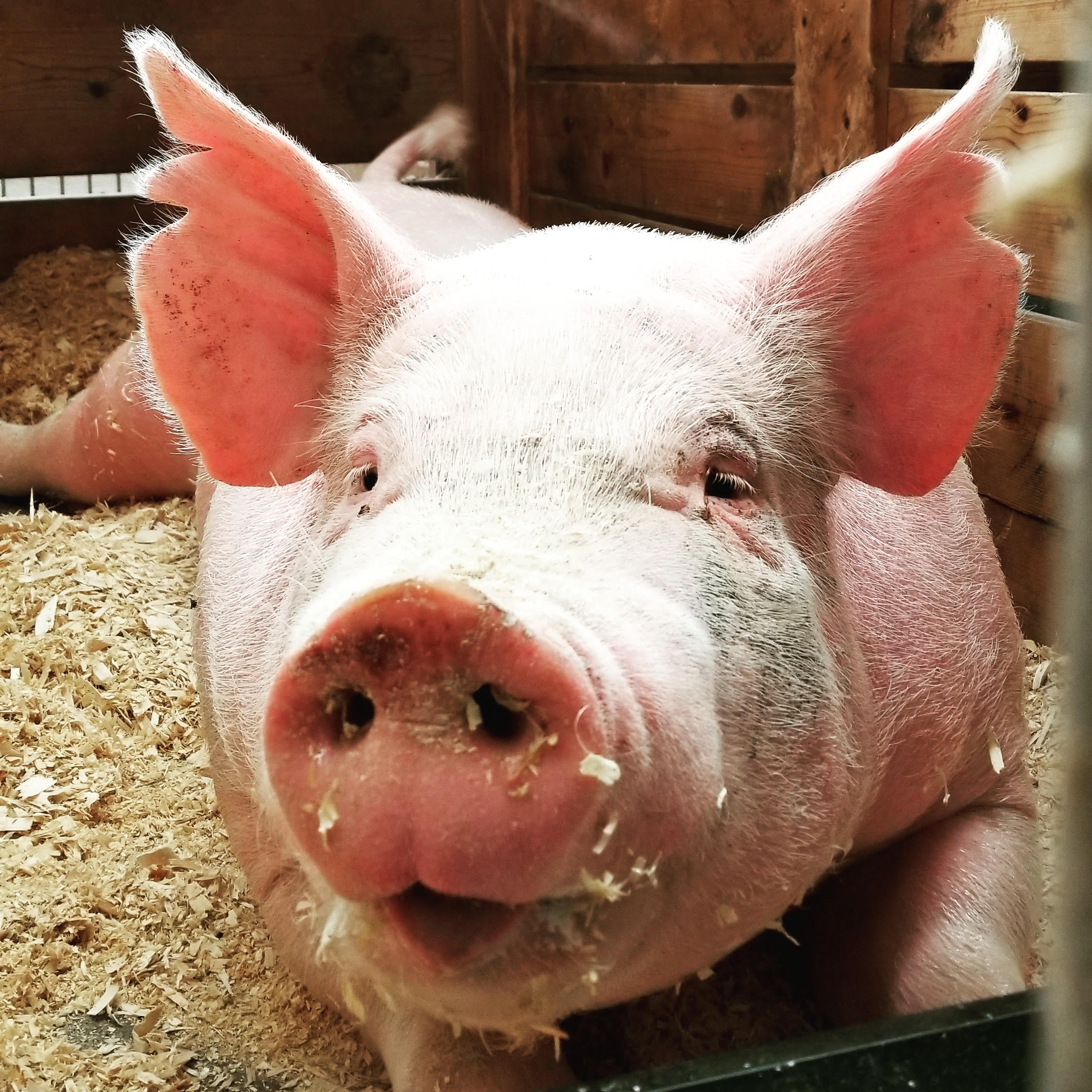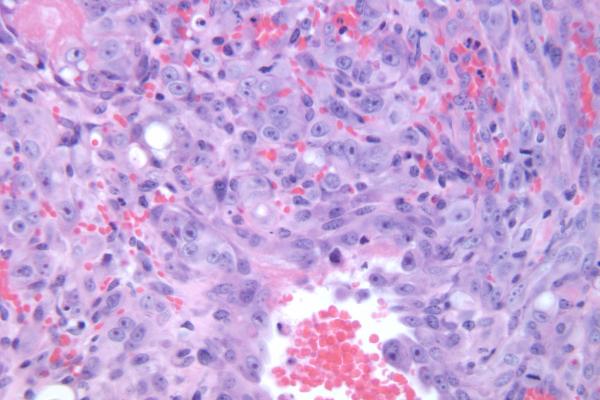Research roundup: How quickly do young female pigs spread pneumonia, and how soon can producers detect it?
October 6, 2020

In the swine industry, mother pigs are often replaced with female baby pig populations, known as gilts, to maintain genetic diversity and productivity. However, a consequence of introducing these young pigs is that they may carry disease, particularly a type of bacteria, known as Mycoplasma hyopneumoniae, one that causes contagious pneumonia. A team of researchers led by Maria Pieters, DVM, PhD, recently published a study that looked at the natural infection rate of M. hyopneumoniae in a gilt population that have not been previously exposed to any other pig populations. One naturally exposed gilt was housed with 29 non-exposed gilts for eight weeks. The researchers collected blood samples, throat swabs, and tracheal catheters six times over an eight-week period, along with one pen-based oral fluid sample. Blood tests and PCR analysis of these samples revealed that after eight weeks, there were 0.73 new infected gilts per week on average. The researchers determined that this low rate of infection with this bacteria suggests that blood samples and oral fluids alone may not detect acute stages of pneumonia in gilts. This means that in the future, lower respiratory tract samples analyzed by PCR can be more effective at testing gilt pigs for M. hyopneumoniae before being introduced to sow farms. With this information, producers and their veterinarians can more adequately test their gilts for this pathogen, and curb infection rates among their herds.
Read more in the August 13 paper published in Veterinary Microbiology.
Photo by Laura Anderson on Unsplash

